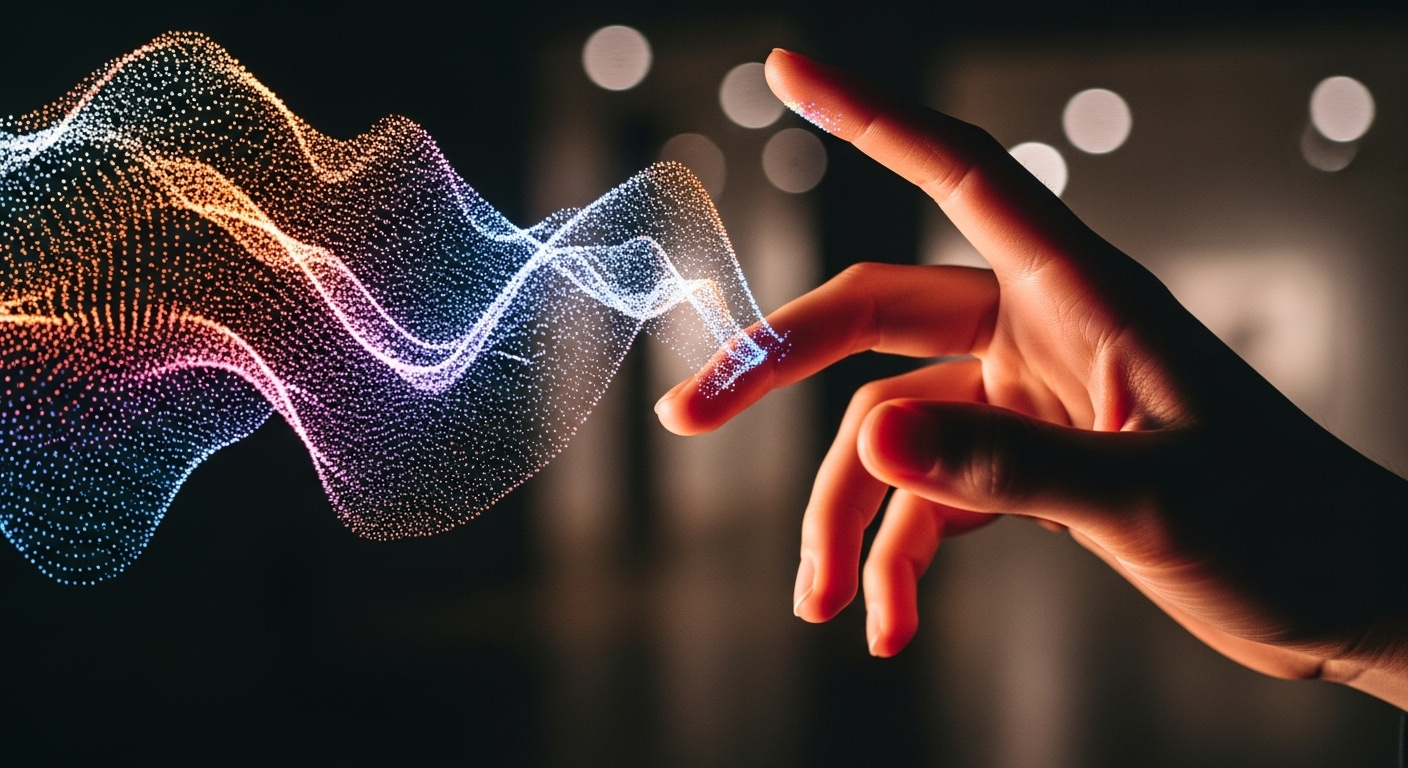Holographic Artistry: The Next Frontier in Visual Expression
In the ever-evolving landscape of artistic innovation, holographic artistry emerges as a captivating frontier, blending cutting-edge technology with creative vision. This nascent medium pushes the boundaries of visual expression, offering viewers an immersive experience that challenges traditional notions of dimensionality and perception. As holographic art gains traction in galleries, public spaces, and digital platforms, it heralds a new era of artistic possibility, inviting both creators and audiences to reimagine the very nature of visual storytelling.

Technological Advancements Fueling Artistic Innovation
Recent years have seen significant technological leaps in holographic display systems. The development of digital holographic printing, computer-generated holography, and advanced projection techniques has expanded the toolkit available to artists. These advancements have made holographic art more accessible and versatile, allowing for larger-scale installations and more complex, interactive pieces. Companies like Looking Glass Factory and Light Field Lab are at the forefront of creating holographic displays that offer unprecedented resolution and viewing angles.
The Artistic Palette of Holography
Holographic art offers a unique set of creative possibilities. Artists can manipulate light, color, and depth in ways previously unimaginable, creating works that seem to float in mid-air or extend beyond the physical boundaries of their display. The medium allows for the exploration of concepts like spatial relationships, temporality, and the nature of perception itself. Some artists combine holography with other media, such as sculpture or performance art, to create hybrid works that challenge categorization.
Notable Holographic Artists and Works
Several contemporary artists have gained recognition for their groundbreaking work in holographic art. Matthew Schreiber, known for his large-scale laser installations, has incorporated holographic elements into his immersive environments. Shunsuke Francois Nanjo creates intricate holographic portraits that blur the line between photography and sculpture. The collective Art+Com Studios has produced public holographic installations that transform urban spaces, such as their The Invisible Shape of Things Past project in Berlin.
Challenges and Considerations in Holographic Art
While holographic art offers exciting possibilities, it also presents unique challenges. The technology required for creating and displaying holographic works can be expensive and complex, limiting access for many artists. There are also technical constraints, such as the need for specific lighting conditions and viewing angles for optimal effect. Additionally, the novelty of the medium can sometimes overshadow the artistic content, leading to a focus on spectacle rather than substance. Artists and curators must navigate these issues to ensure that holographic art develops as a meaningful form of expression rather than a mere technological gimmick.
The Future of Holographic Art
As technology continues to advance, the potential for holographic art grows exponentially. The integration of artificial intelligence and machine learning could lead to dynamic, responsive holographic installations that adapt to viewer interaction. Augmented reality technologies may blur the line between holographic art and the physical world, creating new possibilities for site-specific and participatory works. The democratization of holographic tools could also lead to a surge in grassroots experimentation, potentially birthing new artistic movements and styles.
Cultural Impact and Reception
Holographic art is steadily gaining recognition in the broader art world. Major museums and galleries are beginning to incorporate holographic works into their exhibitions, signaling a shift in institutional acceptance. The medium’s ability to create visually stunning and immersive experiences has also attracted attention from commercial sectors, with holographic displays being used in advertising, entertainment, and product design. This crossover between fine art and commercial applications raises interesting questions about the nature of artistic value and the role of technology in creative expression.
Educational and Scientific Applications
Beyond its artistic applications, holographic technology is finding uses in education and scientific visualization. Medical schools are exploring holographic anatomy models for training, while scientists use holographic displays to visualize complex data sets. These practical applications may drive further technological advancements, which in turn could benefit artists working in the medium. The symbiotic relationship between artistic exploration and scientific innovation continues to push the boundaries of what’s possible in holographic expression.
Conclusion: A New Dimension of Artistic Possibility
Holographic art stands at the intersection of technology and creativity, offering a glimpse into the future of visual expression. As artists continue to explore and push the boundaries of this medium, we can expect to see increasingly sophisticated and thought-provoking works that challenge our perceptions and expand our understanding of what art can be. The evolution of holographic artistry not only represents a new frontier in visual culture but also reflects broader trends in the integration of technology into all aspects of human experience. As we move forward, holographic art may well become a defining medium of the 21st century, reshaping how we create, perceive, and interact with visual art.





